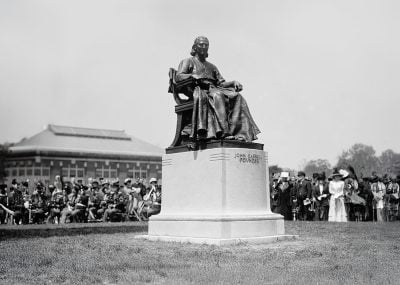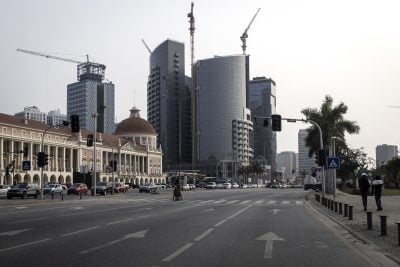Over the last two months, a series of macabre attacks on villages and towns within Lamu County in Kenya’s north coast has resulted in over 100 deaths. This has shattered not only the usual peace and quiet of this laid-back area of the country but is causing growing concern all over the country. Who is behind these attacks and why? Wanjohi Kabukuru reports from Lamu.
Lamu island, described as ‘the oldest and best-preserved Swahili settlement’ on the East African coast, is a Unesco World Heritage Site that has hardly changed since the 14th century. The usually laid-back island and its surrounding area has been a well-loved tourist destination for decades.
But a series of vicious attacks has completely changed its image and is causing widespread concern along the coast and the rest of the country as the identity of the attackers and their motives remain a mystery. When the first attack was carried out in Mpeketoni 60 km from the main Lamu island in late June, Somalia’s Islamic militant group al-Shabaab claimed responsibility. A day later, Kenya’s President Uhuru Kenyatta denied al-Shabaab’s involvement and said it was the work of “organised political networks”.
Kenya’s former tourist paradise is now deeply troubled. Tourism, the island’s main economic lifeline, followed by fisheries, has dwindled.
“Since the attacks started, many hotels have been forced to close down, and most young people are now jobless,” Jaffar Shemanga, a businessman on Lamu island, says. “The suffering is now too much – we are remote and far from development.”
Initially, Lamu governor, Issa Timamy, was arrested in connection with the attacks but he was later released on a $228,000 bond. Even with a heavy police and the military presence, the guerrilla-like attacks have continued and what was initially viewed as a one-off incident has mutated into a conflict which has now turned out to be associated with land ownership in the county of 6,273 square kilometres.
In 2010, retired teacher Mzee Mohammed Ali Baddi warned of discontent between communities in the county as a result of what he termed “historical injustices and exclusivist policies” that had led to the marginalisation of indigenous communities at the coast by “politicians in Nairobi”.
There has been a strong feeling that the remote county, with a 1,00,000 population, has been neglected by the Nairobi-based government. Of Lamu’s 688km of roads, only 6km is tarmacked. A bus journey from Mombasa to Lamu, a 324km, is tortuous, taking seven to eight hours.
Baddi, who spoke at length to African Business, had warned of growing disenfranchisement in the county as a result of the intransigence of the Kenyan government’s push for a multibillion-dollar port-development project, earmarked to be headquartered in Lamu, without involving the local communities.
This is the proposed Lamu Port-Southern Sudan-Ethiopia Transport (Lapsset) Corridor, Kenya’s most ambitious infrastructure development project. Its budgeted cost is $24.7bn and it is expected to connect Kenya to its neighbours South Sudan and Ethiopia through a port, high-speed rail line, highway, oil pipeline, fibre-optic networks and three airports. Initially, Uganda was not in the plan but the exploitation of its Hoima oil fields has now been factored in.
Second land grab?
Back in 2010, Baddi, through his organisation, the Lamu Environmental Protection and Conservation (LEPAC) society, which he had formed a year earlier, was lobbying the government to make public the report of the proposed port development.
Baddi was also afraid that the fragile ecosystem of the island, its fisheries and mangrove forest were at risk of being compromised by the massive infrastructure development.
According to him, his community, the Bajuni people and three other indigenous communities, notably the Aweer, Sanye and Orma, stood to lose their land and heritage as the proposed port was going to usher in a “second land grab” by people from the mainland.
He says the ‘first land grab’ began in the 1970s and the proposed port project is now being viewed as ushering the ‘second land grab’, which will dispossess vulnerable members of his community.
Baddi’s ‘land grab’ narrative dates back to 1974, when Kenya’s founding President, Mzee Jomo Kenyatta, initiated a large settlement scheme in the-then sparsely populated Lamu county. By 1993, four other settlement schemes, Lake Kenyatta II, Hindi Magogoni, Witu I and Witu II, measuring 3,000, 7,200, 12,000 and 8,000 ha respectively, were established within Lamu county.
Want to continue reading? Subscribe today.
You've read all your free articles for this month! Subscribe now to enjoy full access to our content.
Digital Monthly
£8.00 / month
Receive full unlimited access to our articles, opinions, podcasts and more.
Digital Yearly
£70.00 / year
Our best value offer - save £26 and gain access to all of our digital content for an entire year!

 Sign in with Google
Sign in with Google 




